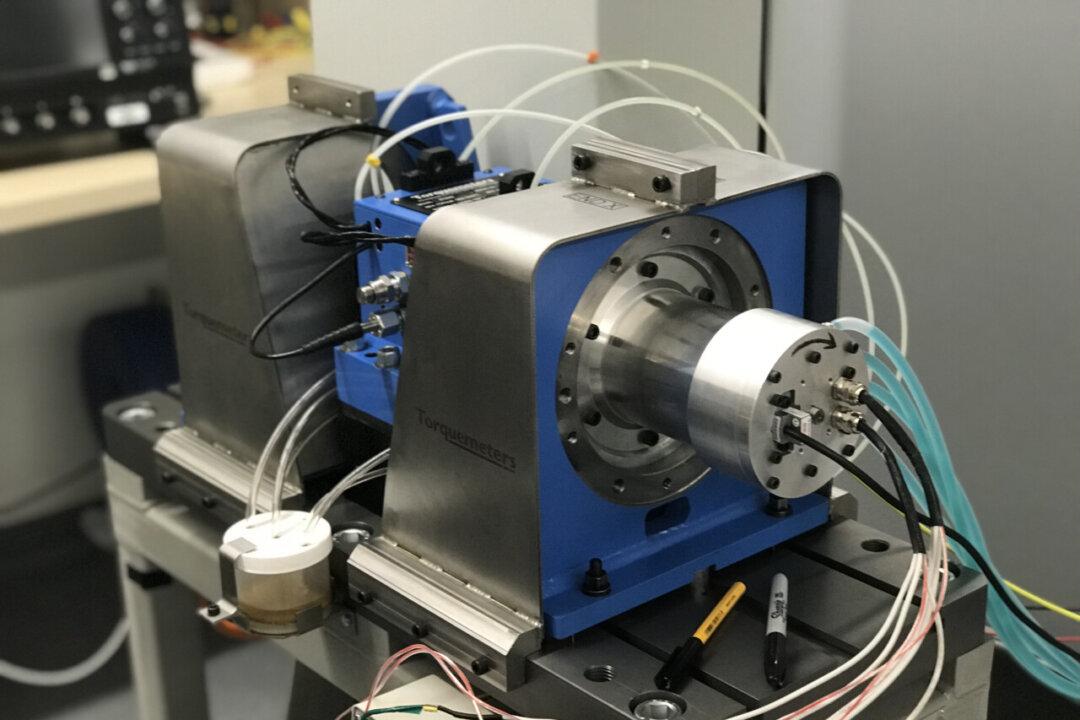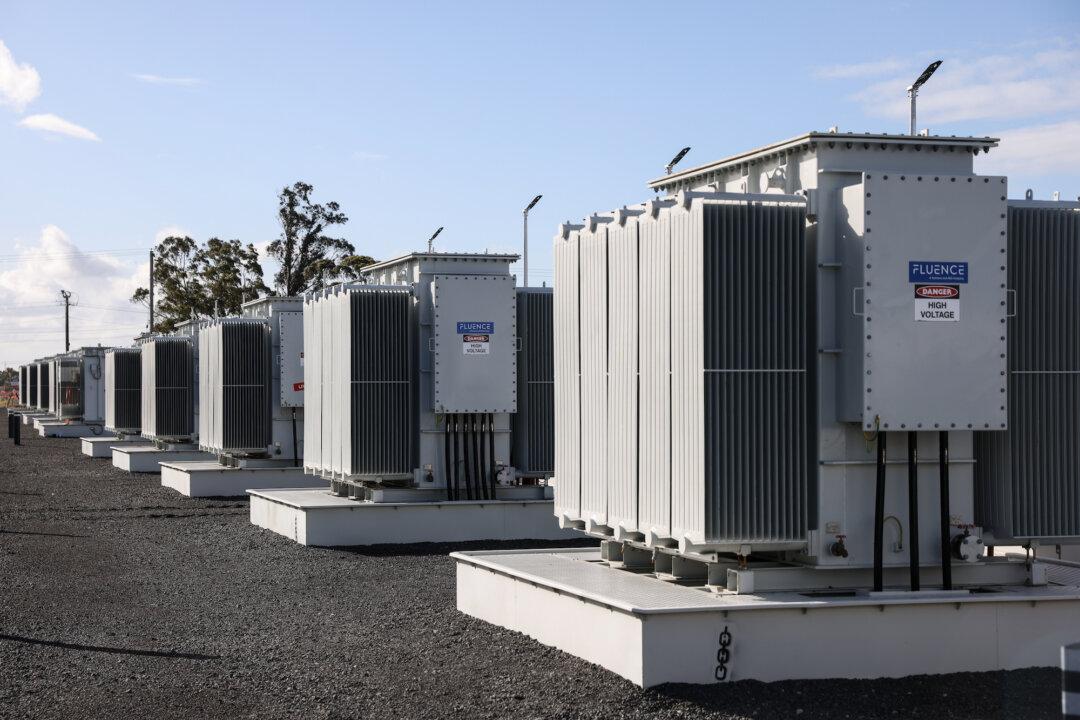A team of researchers from the University of New South Wales (UNSW) has developed a new record-breaking high-speed motor that could improve the range of electric vehicles (EV).
The new motor is the fastest Interior Permanent Magnet Synchronous Motor (IPMSM) that has ever been built with commercialised lamination materials, achieving speeds of 100,000 revolutions per minute, doubling the speeds of all previous high-speed records of laminated IPMSM’s.




